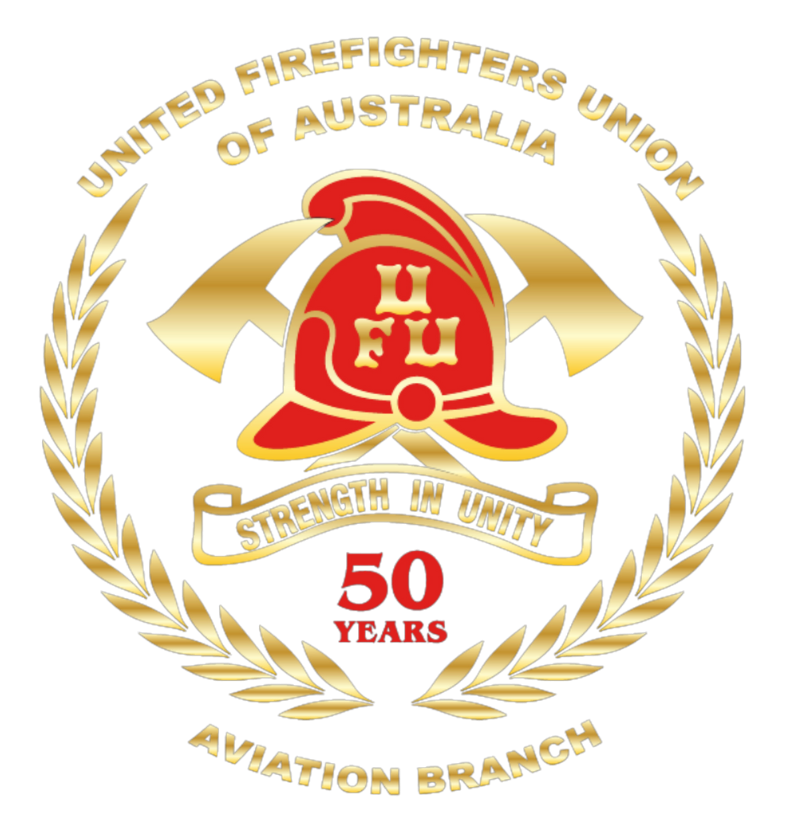Regional airports ill-equipped to handle disaster
Firefighters work on a burning aircraft at an airport in Russia. Picture: AFP
• ROBYN IRONSIDE
AVIATION WRITER
@ironsider
• 12:00AM AUGUST 5, 2019
• 3 COMMENTS
Firefighters based at Australian airports say a lack of fire trucks, the removal of power saws and training restrictions on tall ladders has left them ill-equipped to deal with an actual emergency.
A Senate committee for rural and regional affairs and transport heard stations at Rockhampton, Gladstone and the Sunshine Coast must share a fire truck despite being 543km apart.
In addition, rescue saws were removed from the service last September despite being required under the manual of standards and training on ladders restricted to 2m for safety reasons.
In its final report, the committee made eight recommendations, including a government review of Australia’s compliance with international standards for fire services, after hearing more than 300 airports had no onsite protection.
“There were a number of serious concerns raised throughout the inquiry as to the performance of Airservices in its delivery of aviation rescue and fire fighting services (ARFFS) across Australia’s major airports,” the report said.
“In particular, concerns were raised with regard to the suitability of some ARFF equipment and resources in use across the country, and decisions of Airservices which would directly impact on the ability of the ARFFS to respond quickly to an emergency.”
The recommendations included a Civil Aviation Safety Authority audit of airport firefighting equipment and vehicles to ensure compliance with international standards.
“The committee was alarmed by the removal of rescue saws from operation despite no replacement for the saws having yet been identified and despite the fact the removal meant the airport fire service was no longer compliant with the manual of standards,” the report said. “Further, the implementation of training for firefighters on ladders below 2m remains an ongoing concern for the committee. This limited height training is not reflective of operational conditions, particularly for larger aircraft.”
The United Firefighting Union of Australia said the height limit had been lifted to 2.5m since their concerns were first raised, but that was still inadequate.
UFUA aviation branch secretary Mark von Nida said the training restriction was implemented despite the fact firefighters had never had an accident using the ladders. “It’s just not practical. You’re working up to heights of 9m, you’ve got to be able to operate at that,” Mr von Nida said.
The report also questioned whether Australia’s aviation firefighting services met international standards more broadly, after hearing evidence only 26 airports had a dedicated fire station.
Whereas the threshold for airport fire stations in the US was aircraft carrying more than 12 people, and more than 30 people in New Zealand, in Australia the threshold was much higher.
“We’ve got 180-seat aircraft and above landing at airports that aren’t protected, like Dubbo, Mt Isa, Proserpine and Newman,” Mr von Nida said.
“There’s only the local fire service there to put it out, and it might take 15 minutes until they actually get on scene.”
Although airports with more than 350,000 passenger movements a year qualified for a fire station, Mr von Nida said Proserpine and Newman reached that level in 2017, and were still waiting.
An Airservices Australia spokeswoman said ARFFS operated at “the highest standards and has a world-class safety record”.
“We are examining the report’s recommendations,” the spokeswoman said.
